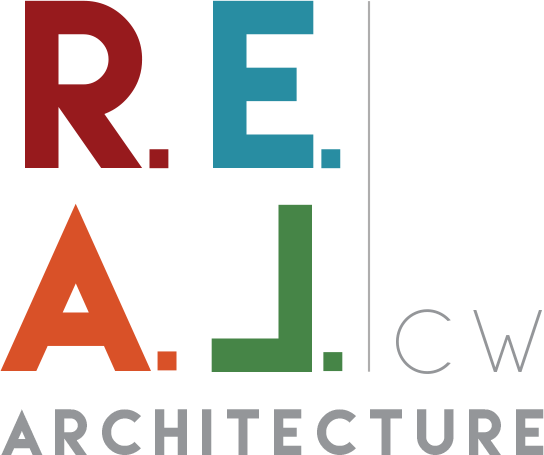Transform Your Space with Biophilic Design
We all crave spaces that feel good to be in. Spaces that breathe, flow, and calm us down — especially in a fast-paced city like Los Angeles. One of the most powerful ways to create that kind of home is through biophilic design.
Biophilic design is all about reintroducing nature into the places we live and work. And the truth is, it doesn’t have to be complicated or expensive.
In my video, I walk you through simple, practical ways to incorporate biophilic principles into your architecture — whether you’re building from scratch, renovating, or just refreshing your space.
Here’s a quick guide to get you started.
1. Start with Natural Elements
Light, greenery, water — the building blocks of calm.
Bringing natural elements into your space has a measurable effect on how you feel. Start with:
- Greenery – Add indoor plants or even a vertical garden. It instantly adds life and improves indoor air quality.
- Natural light – Maximize daylight with larger windows or skylights. This reduces energy use and helps regulate your mood and circadian rhythm.
- Water features – A small fountain or water wall adds a calming, meditative quality to your space. The sound alone can reduce stress.
Whether it’s your home, office, or a shared family space, these small changes make a big difference.
2. Create Indoor-Outdoor Flow
Let nature in — literally.
In Los Angeles, we’re lucky to have amazing weather most of the year. Let’s take advantage of it. Some ways I love creating that indoor-outdoor connection:
- Patios and decks – These transitional spaces expand your living area and connect you to the outdoors.
- Sliding or folding glass doors – They blur the line between your interior and garden, creating visual and physical flow.
- Operable windows – Don’t underestimate the power of fresh air and natural ventilation. It’s essential for both comfort and energy savings.
When your space flows with the outdoors, it doesn’t just look good — it feels right.
3. Choose Natural, Sustainable Materials
What your home is made of matters.
Incorporating natural textures helps create a deeper connection to the environment. Plus, choosing low-toxicity materials supports healthier indoor air. Some of my go-to materials include:
- Reclaimed or FSC-certified wood – Adds warmth and character, especially when left with a natural finish.
- Stone and clay – Great for flooring, walls, or kitchen details. These elements ground the space and give it timeless appeal.
- Natural textiles – Think cotton, linen, wool, or jute. These don’t just look beautiful — they breathe, too.
And remember: materials that don’t off-gas harmful chemicals make your home not just more sustainable, but also safer.
Want to See It in Action?
In my YouTube video, I show you real-life examples of how these biophilic principles come to life in actual projects — from cozy home offices to new builds.
Watch the full video on YouTube to explore more tips, see my design process, and learn how to make your space feel like a breath of fresh air.
Closing Thoughts
Biophilic design isn’t a trend — it’s a return to what we’ve always needed: nature. When we bring natural light, living elements, and organic materials into our spaces, we create more than beautiful homes — we create places that support our well-being.
If you’re planning a build or renovation in Los Angeles and want to explore how to integrate biophilic design, I’d love to hear from you.
Explore how our design services can help you turn biophilic ideas into reality — learn more here
